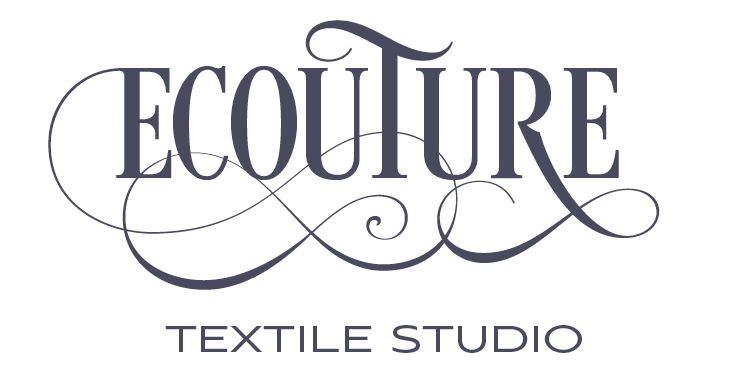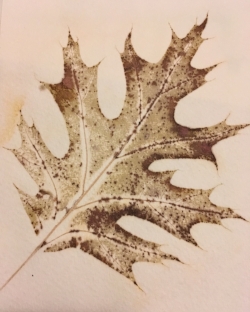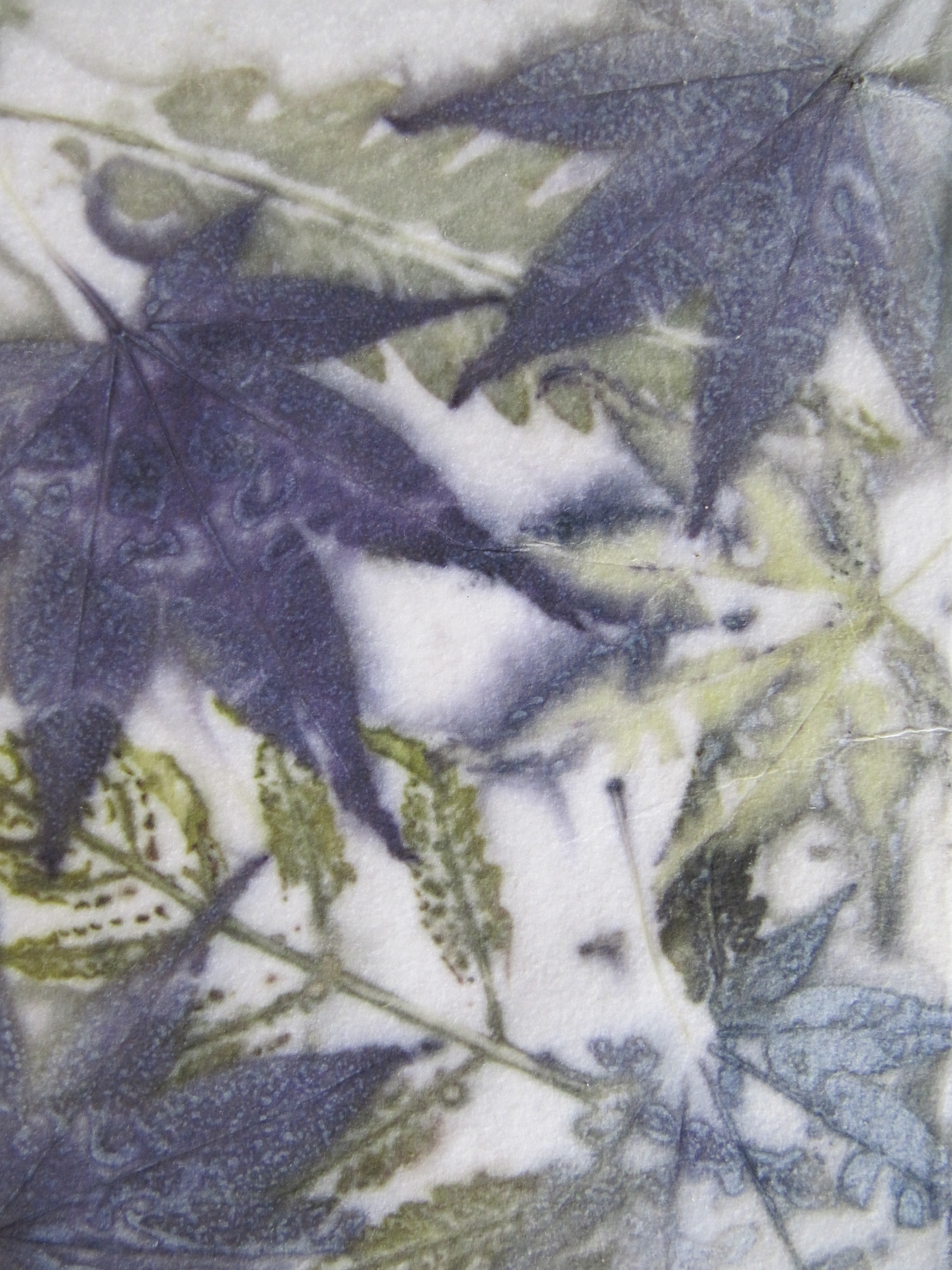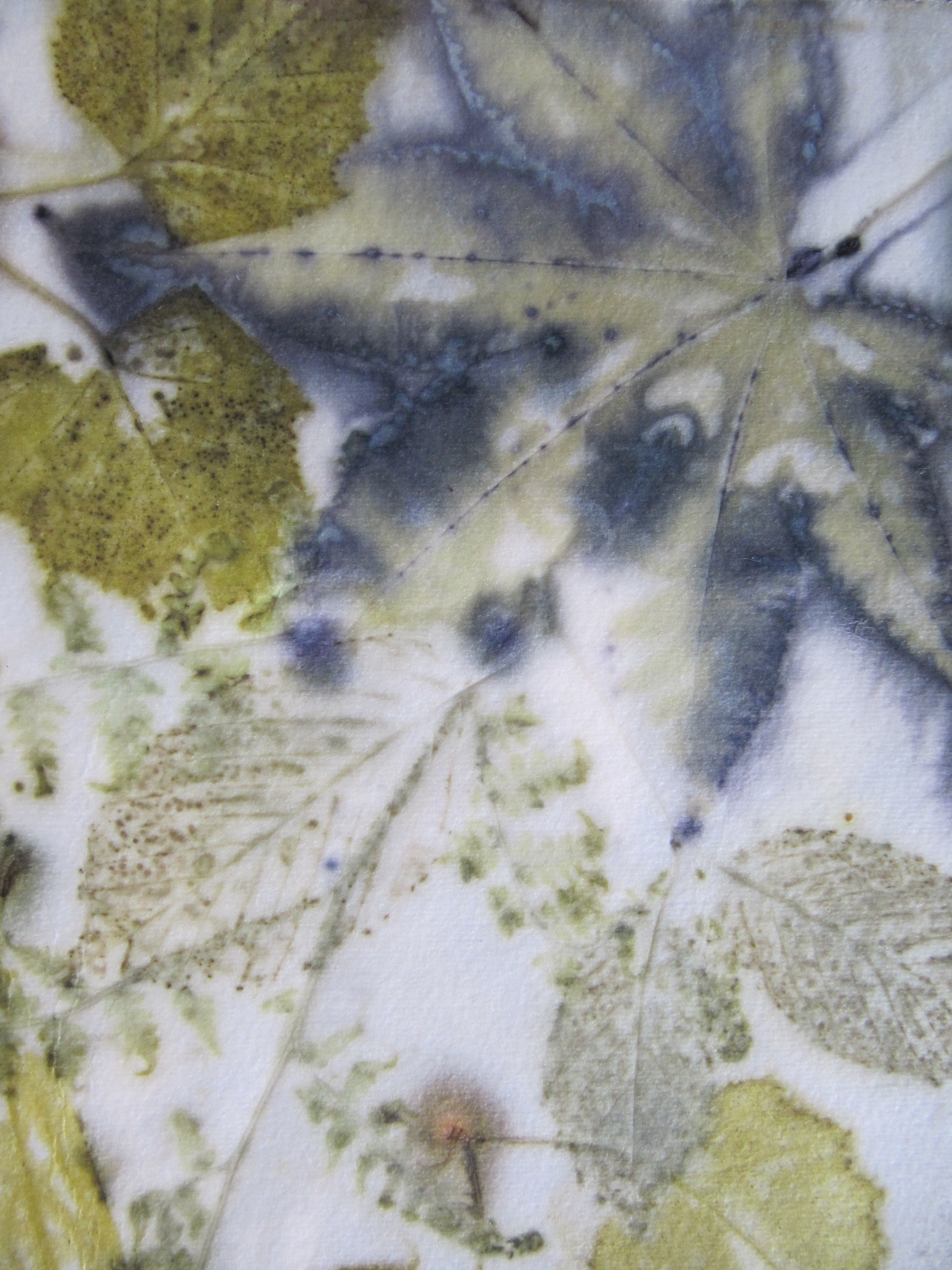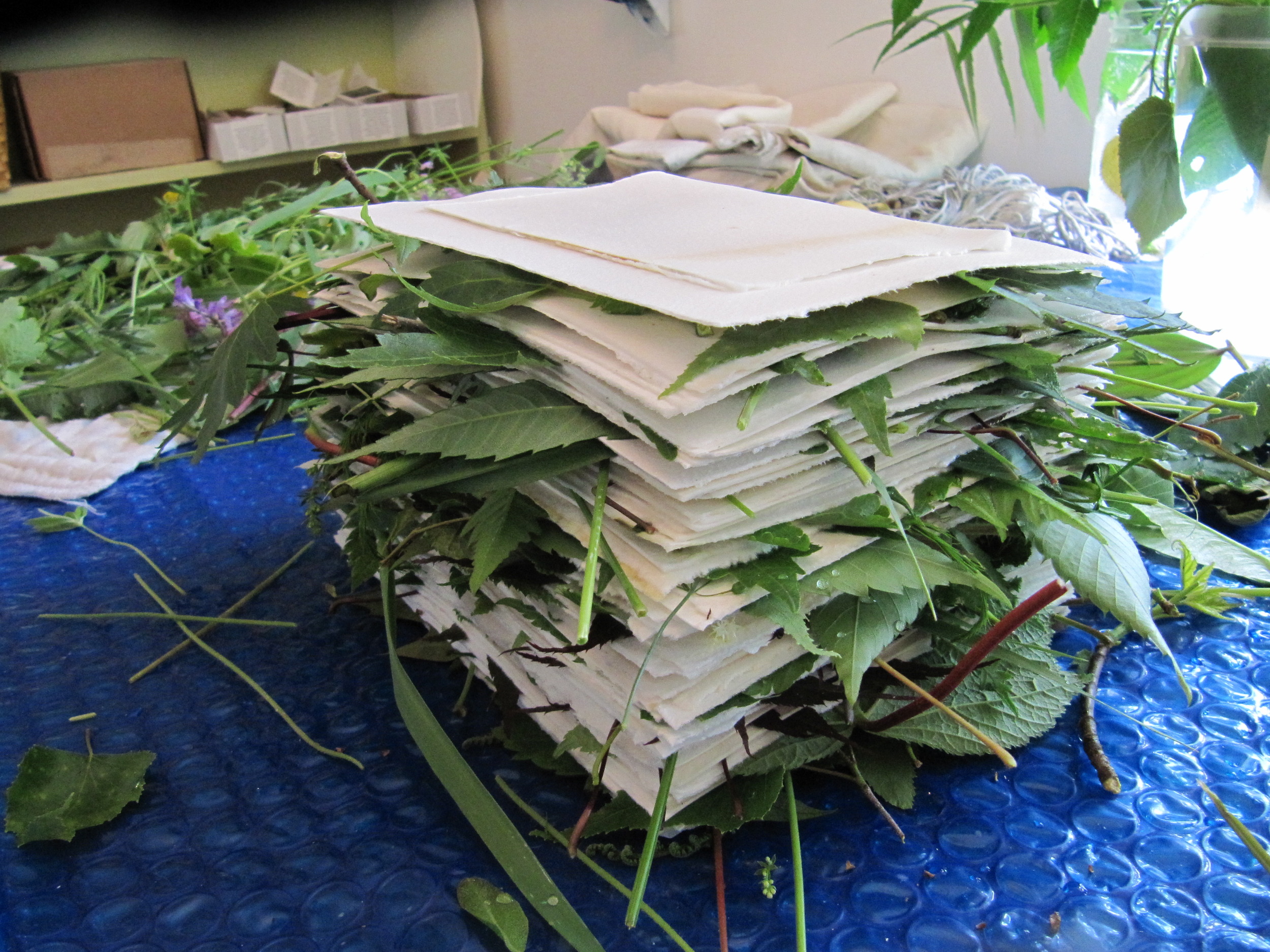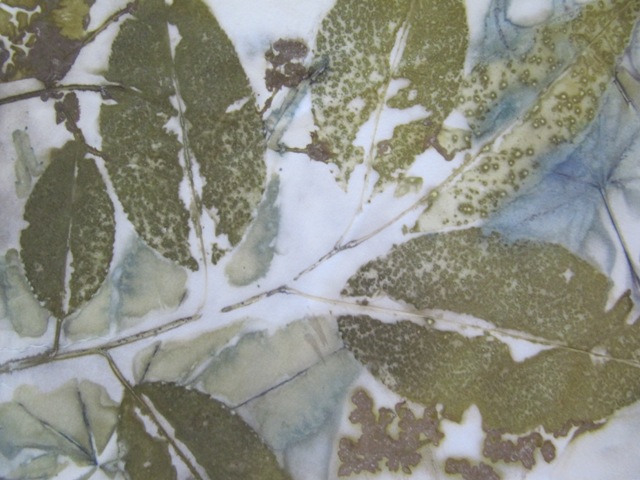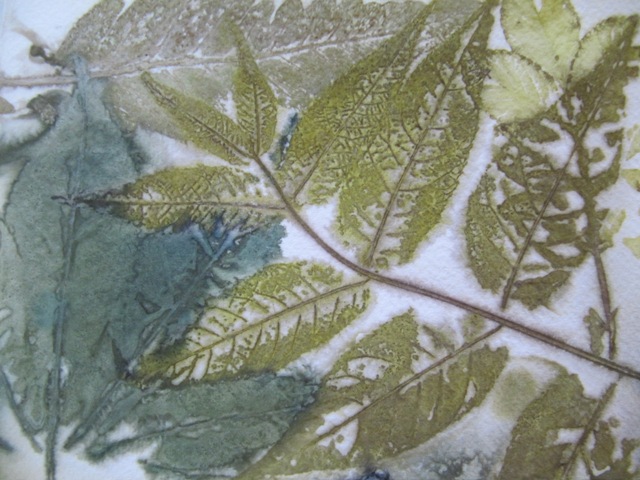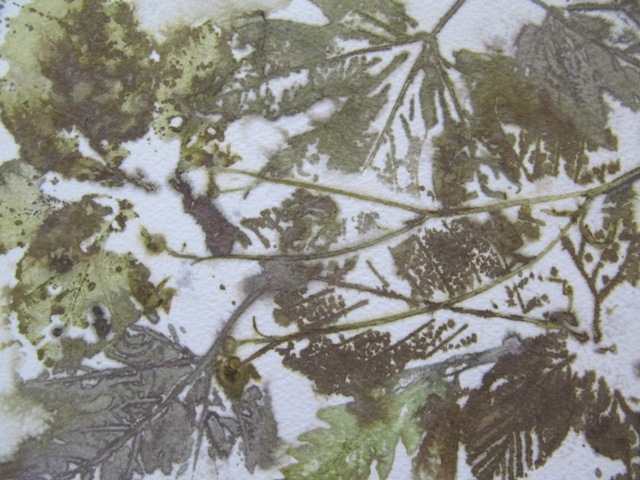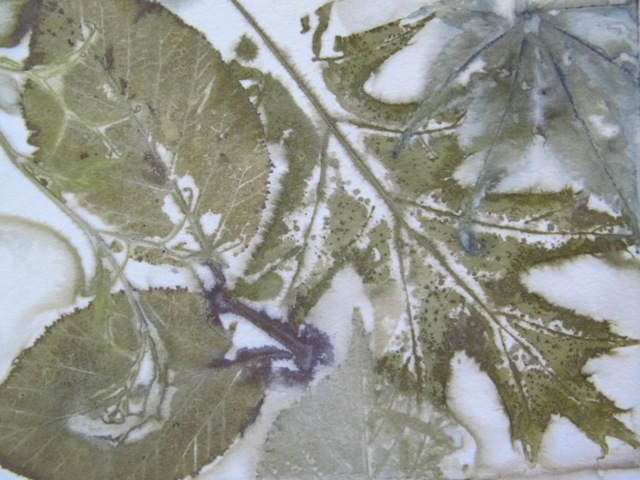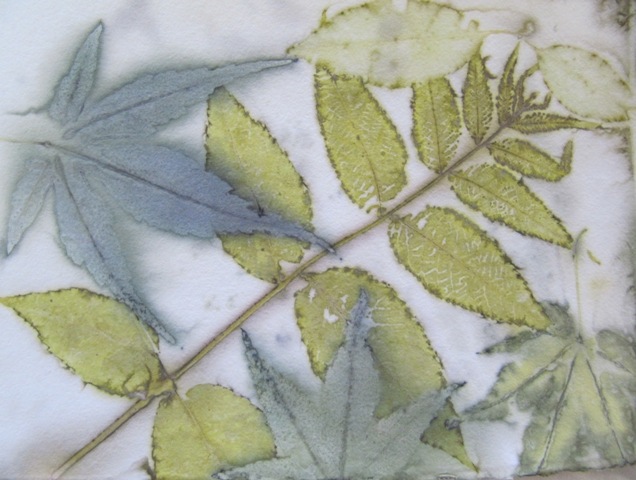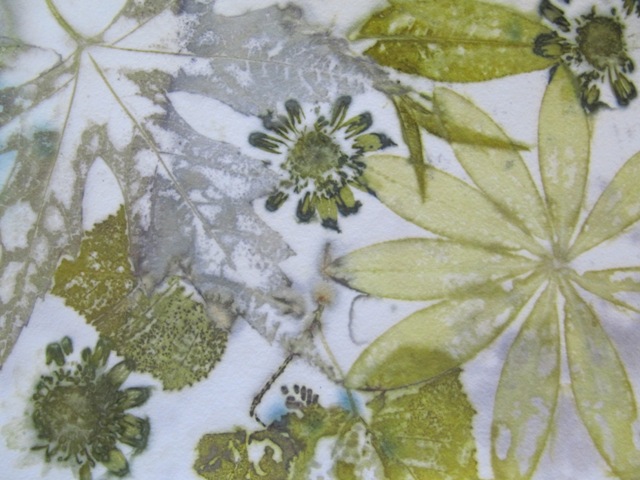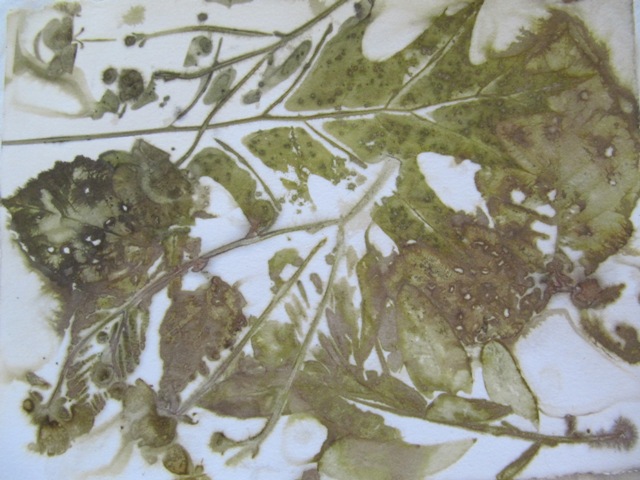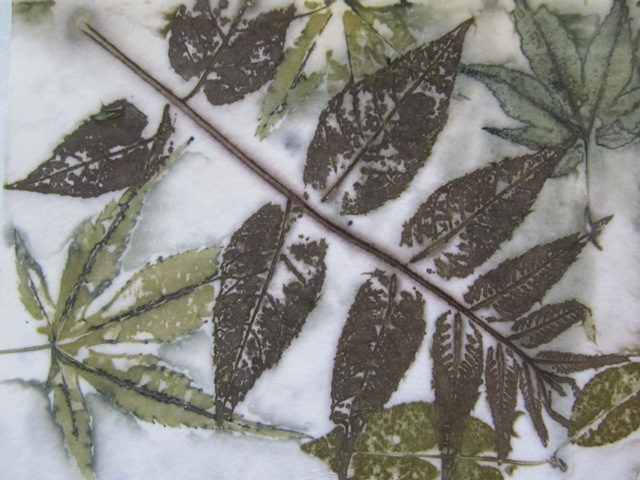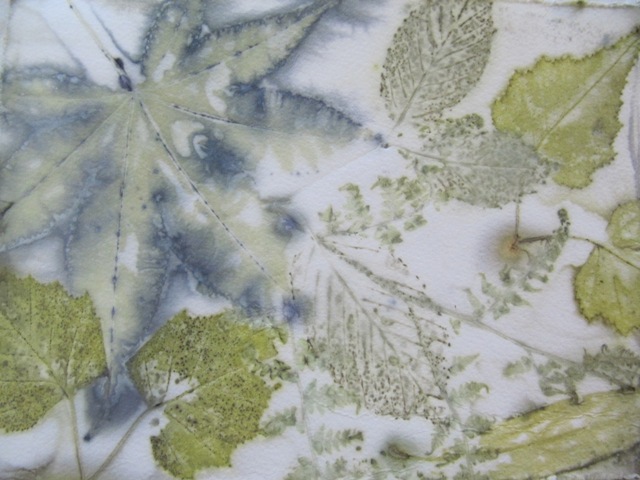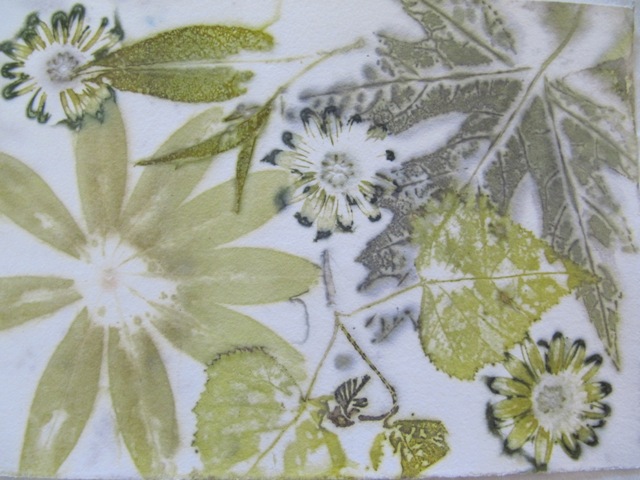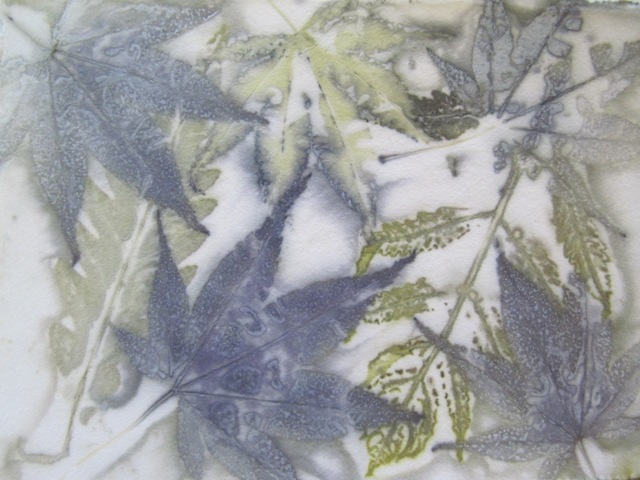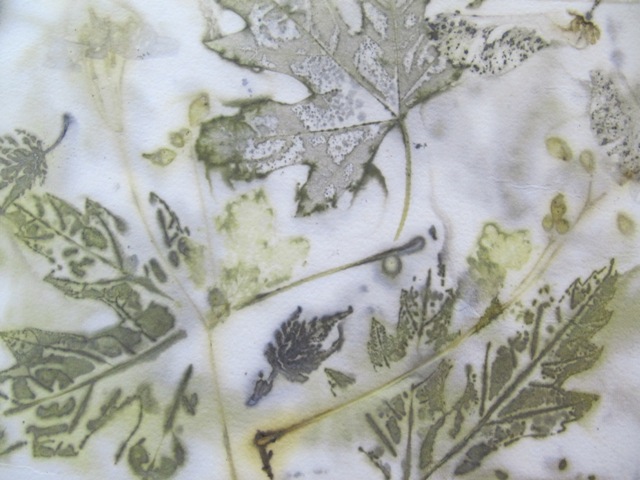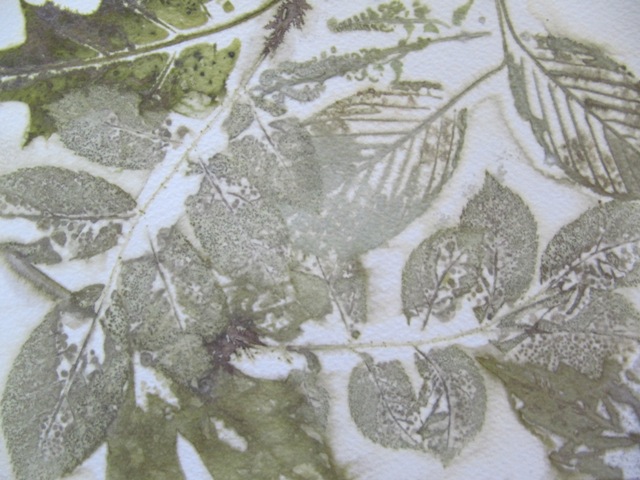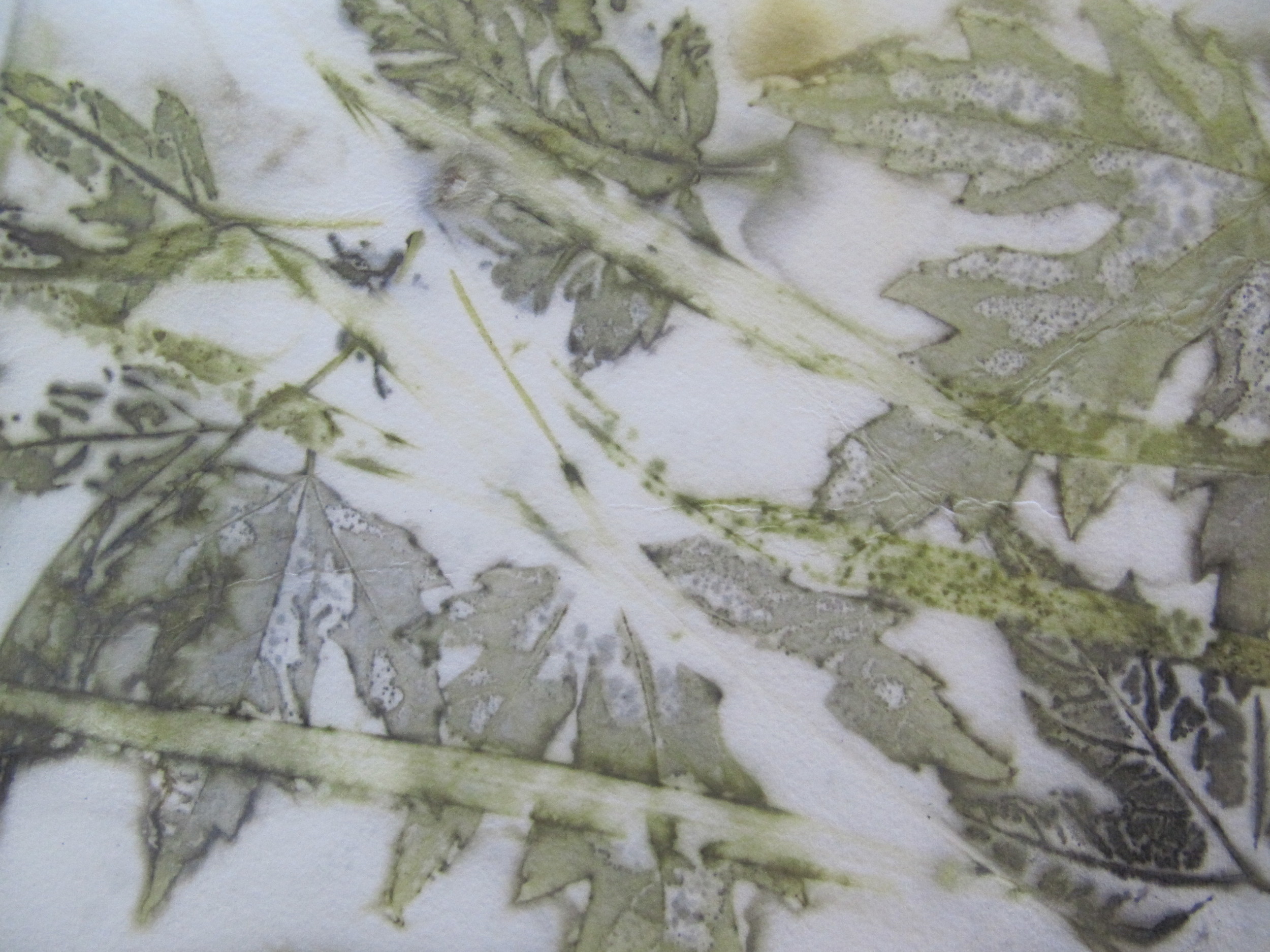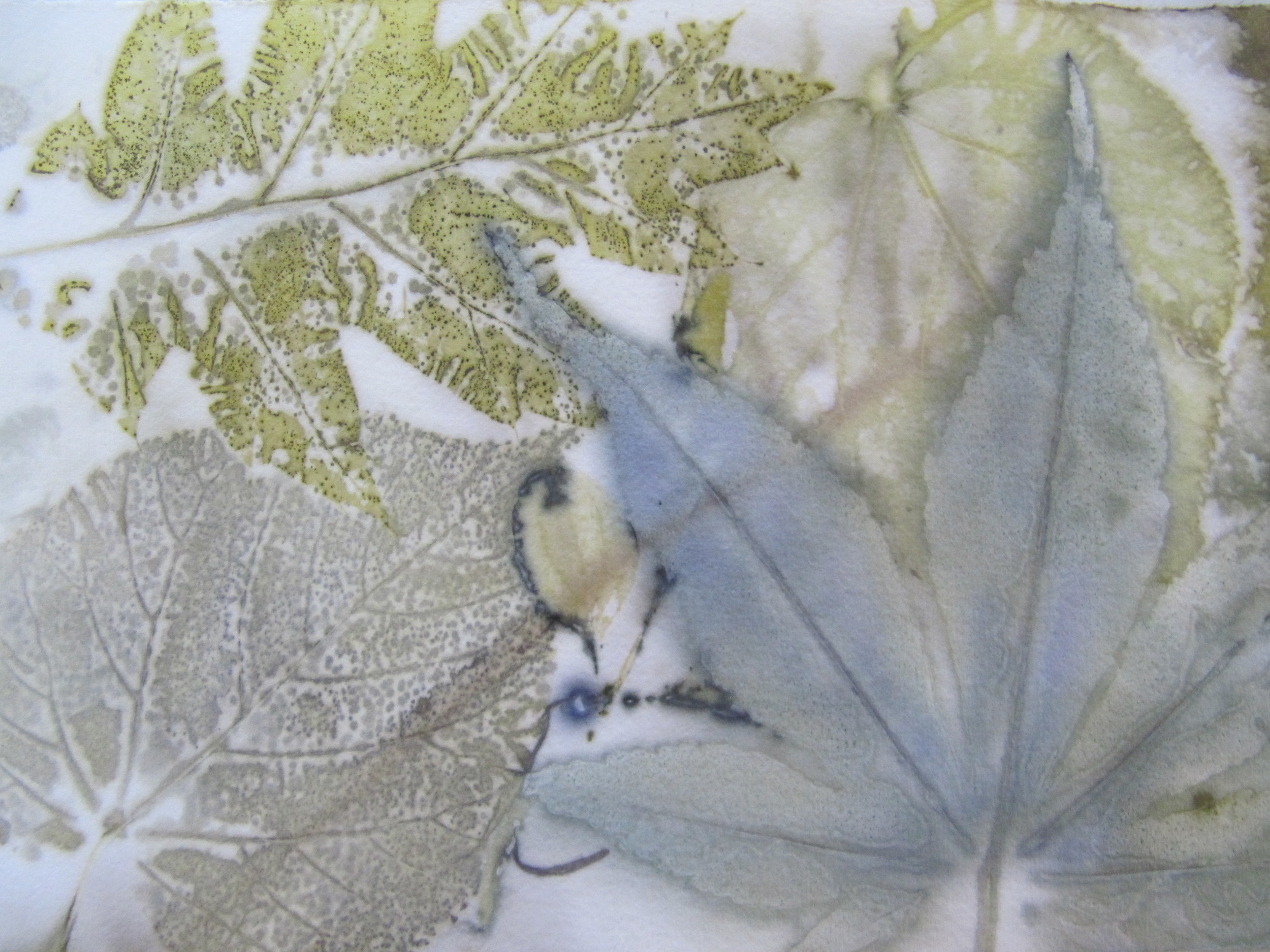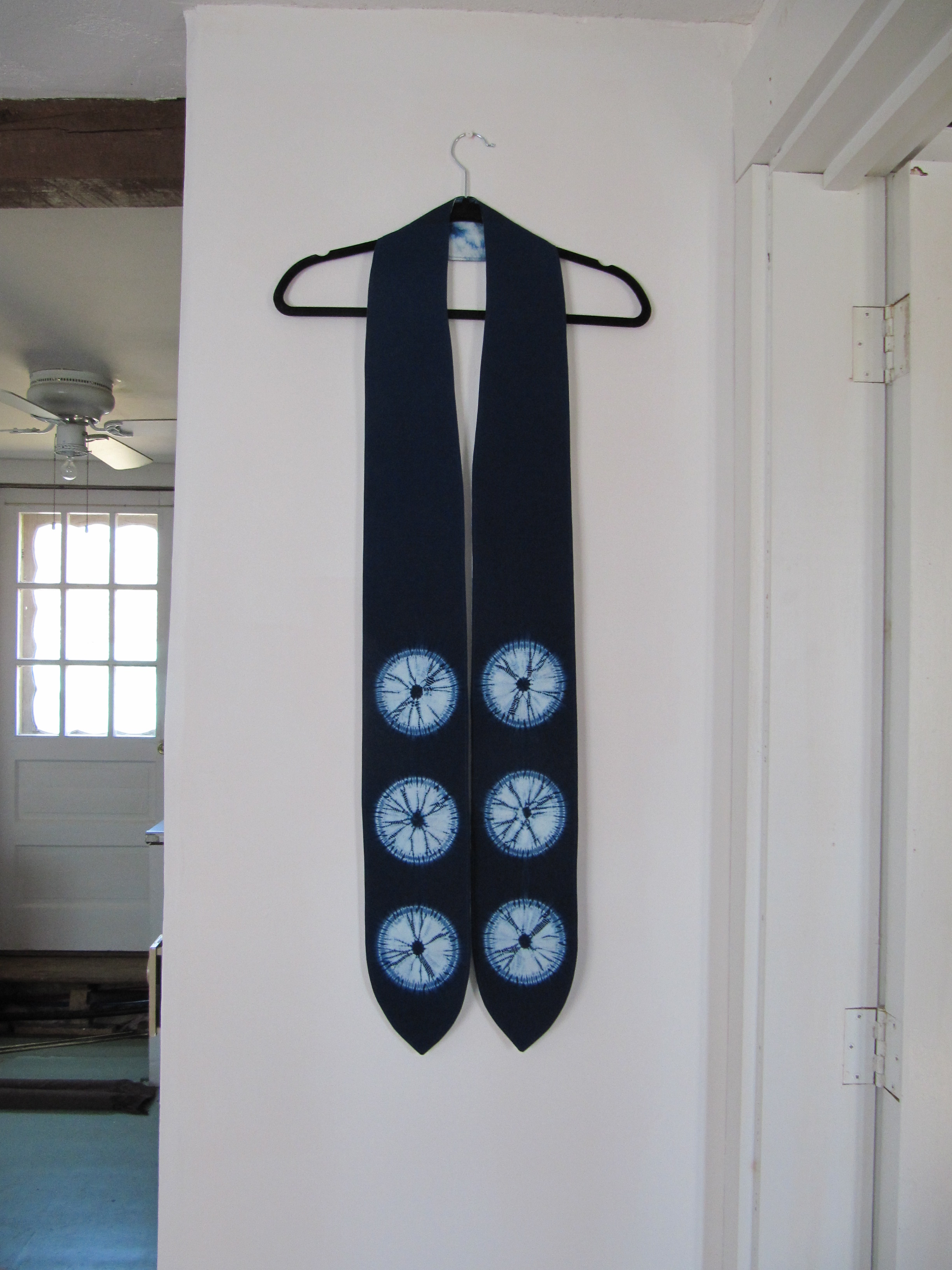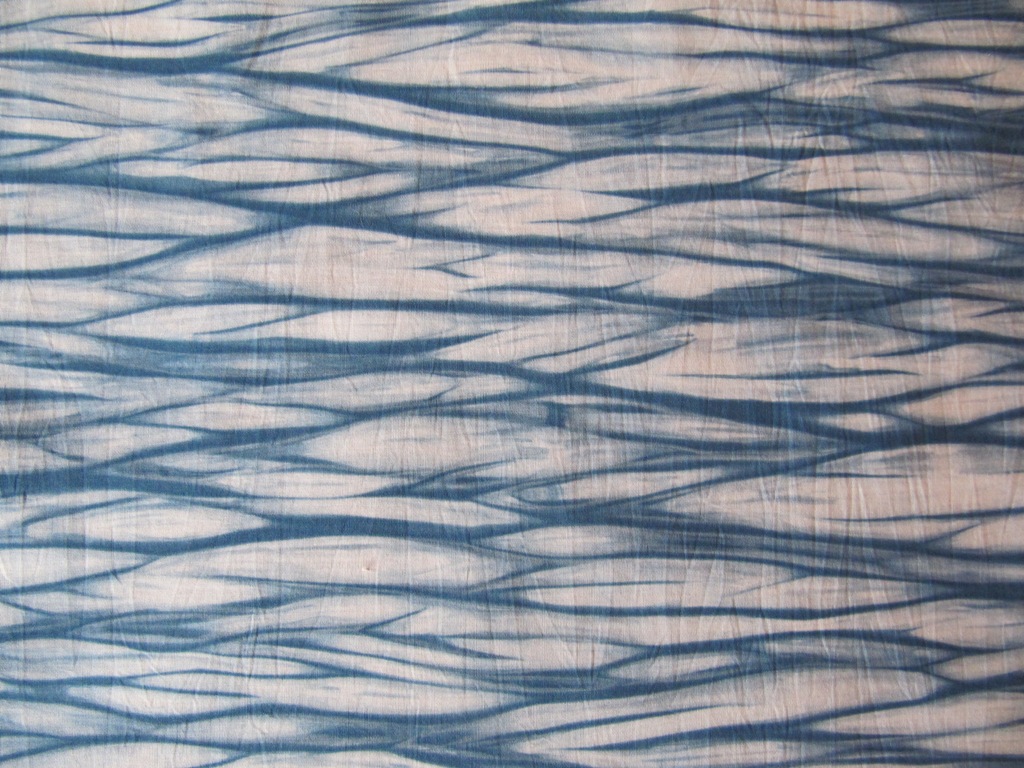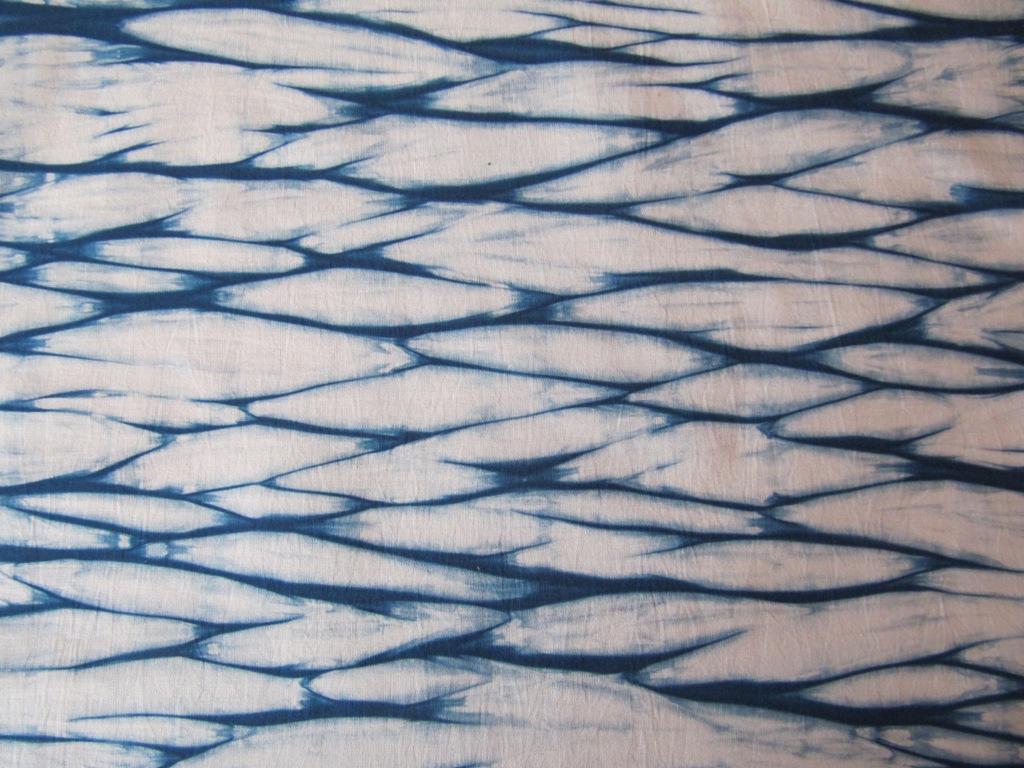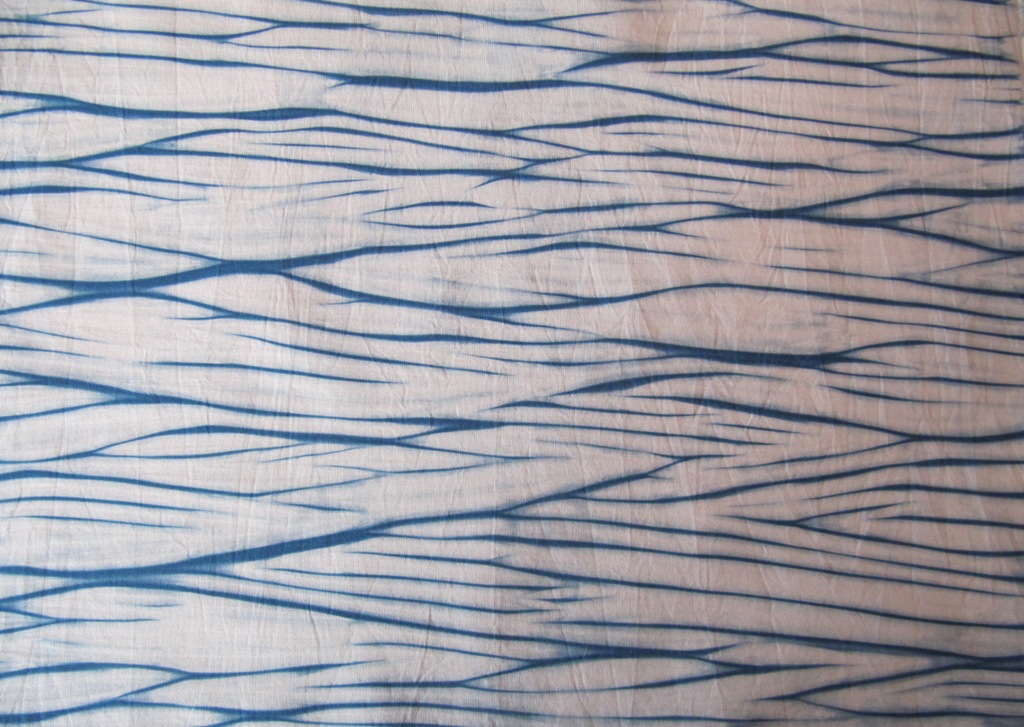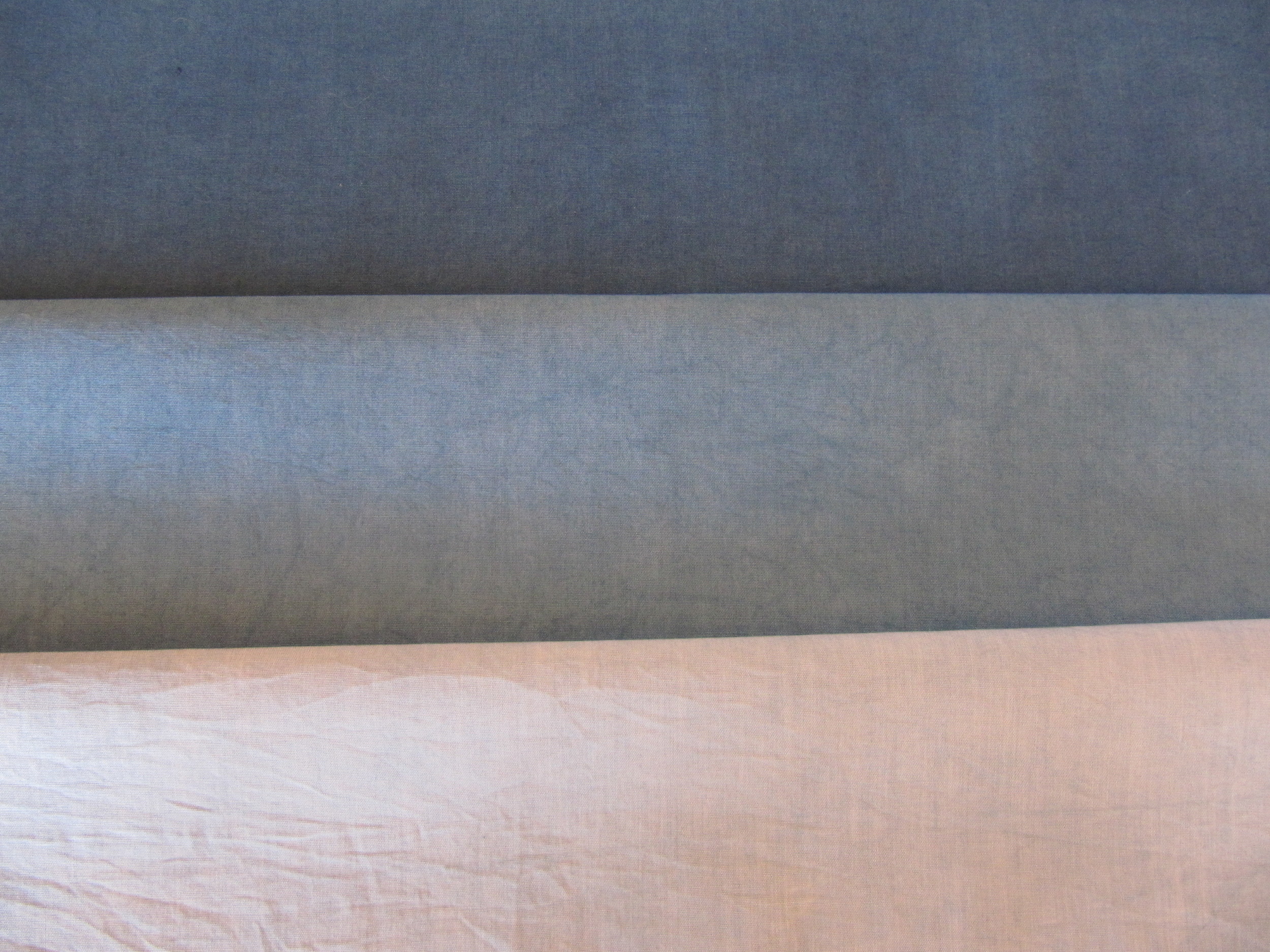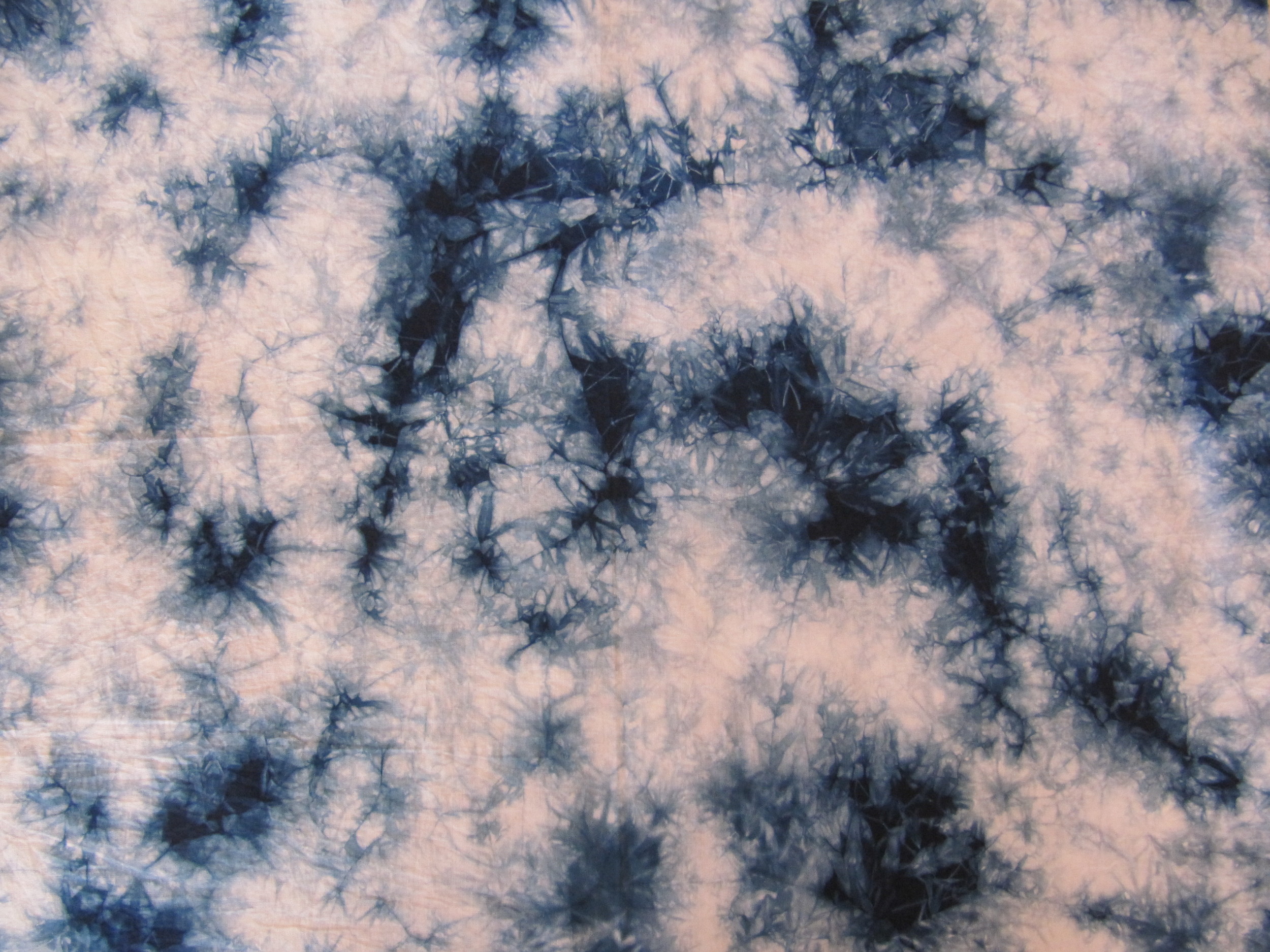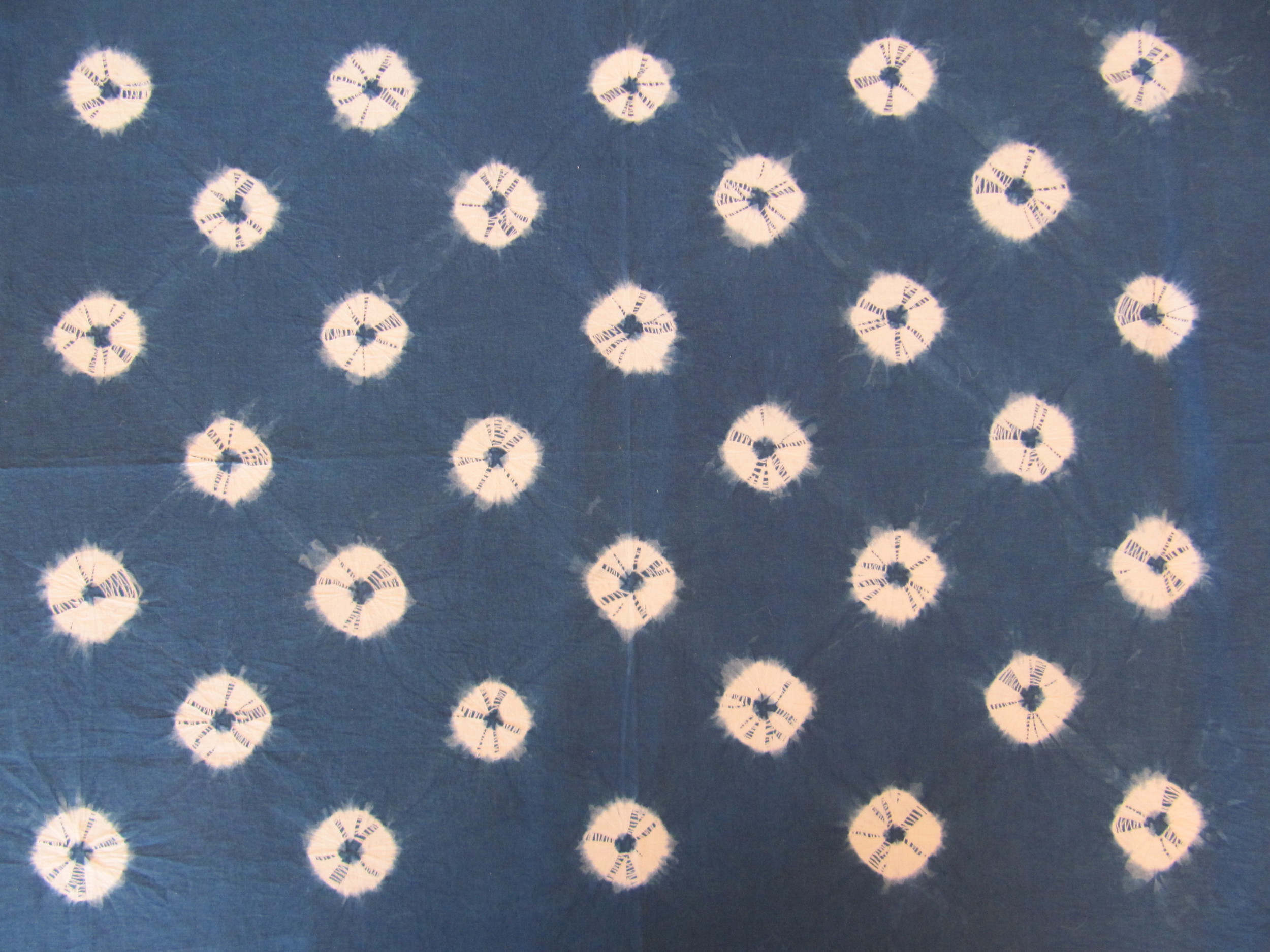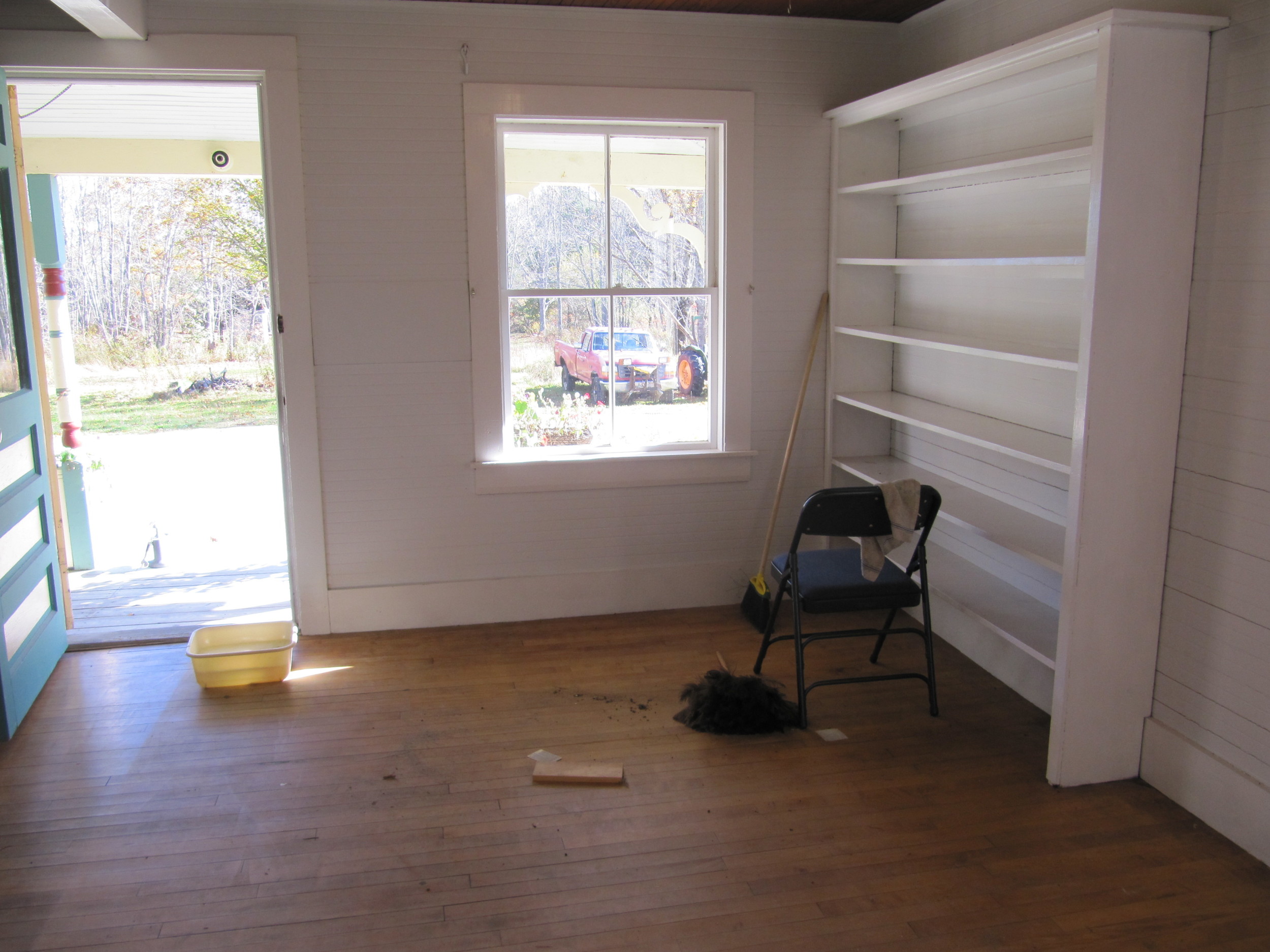A Blue Like No Other
Blue skies, blue water, blue plants...? No. No blue plants, but some hide a secret that has enchanted mankind for millennia - indigo.
Indigo has been used as a dye for at least 6200 years! Recent excavations in Peru have yielded cloth still recognizably blue. Prior to this discovery, the oldest known examples were Egyptian textiles with indigo-dyed bands from the Fifth Dynasty, roughly 2400 BC. Diverse and geographically separate peoples developed complex indigo extraction and dyeing techniques while many civilizations were still developing permanent agriculture.
Such is the lure of indigo. Because of its fascinating deep blue color, excellent color fastness, and the wide range of colors obtained by combining it with other natural dyes, indigo has been called 'the king of dyes'. No other dye plants have had such a prominent presence in global textile coloration.
Indigo is a pigment derived from the leaves and stems of a variety of species. Much of the world has native plants that contain the chemicals necessary to produce indigo dye but only 8 contain these in high enough concentration to use for production. Even using advanced techniques of chemical analysis, scientists are unable to ascertain the exact species from which the dye was obtained.
Indigo is extracted from precursor-bearing plants through a lengthy process of fermentation. As a blue pigment, indigo is insoluble in water and must be dissolved in an alkaline solution devoid of excess oxygen (reduced) to allow the dye to penetrate cloth. When the fabric is removed from the vat and exposed to oxygen the color changes from yellow-green through turquoise to a permanent blue. Color must be built up in layers through multiple dips in the vat.
Indigo is one of only a few dyes which can dye all types of natural fibers without the addition of a mordant, a chemical used to create a permanent linkage between the color and the fiber, and is active at room temperature making it ideal for resist techniques.
Anywhere indigo-bearing plants grew, local people created traditions of woven and resist- or reserve-dyed textiles using techniques such as ikat, shibori, plangi and batik reflecting culturally specific imagery.
The most recognizable form of blue and white reserve patterning is batik from Southeast Asia. Melted wax is used to create hand-drawn or printed patterns. After the wax has hardened, the cloth is dyed with indigo. The wax remains solid in the room temperature vat preserving the light-colored design on an indigo ground. Starch pastes or mud can be applied by hand or through stencils to create similar light-dark patterning.
Shibori, a Japanese term meaning “to squeeze”, encompasses binding, stitching, pleating, and scrunching techniques used to create patterns and imagery. These “tie-and-dye” techniques have practiced by peoples in most regions where indigo dye was available.
By the end of the 19t h century, natural indigo production could no longer meet the demands of the global textile industry, and a search for synthetic indigo began. In 1897, Germany’s BASF launched ‘Indigo Pure”, and within 15 years natural indigo production was reduced by 95%.
The global obsession with indigo continues with every pair of jeans sold. Though jeans have not been dyed with natural indigo for nearly a century, their “cool” cachet persists. Environmental concerns and an increased demand for natural and sustainable dyes may lead to a resurgence of natural indigo production.
Traditional artisans still look to natural indigo as a dyestuff which encompasses thousands of years of experience and artistry passed down from generation to generation. Truly, a blue like no other.
(Published May 2017, Making Magazine - Issue 3, Dots) https://makingzine.com/collections/magazine/products/making-no-3-dots
